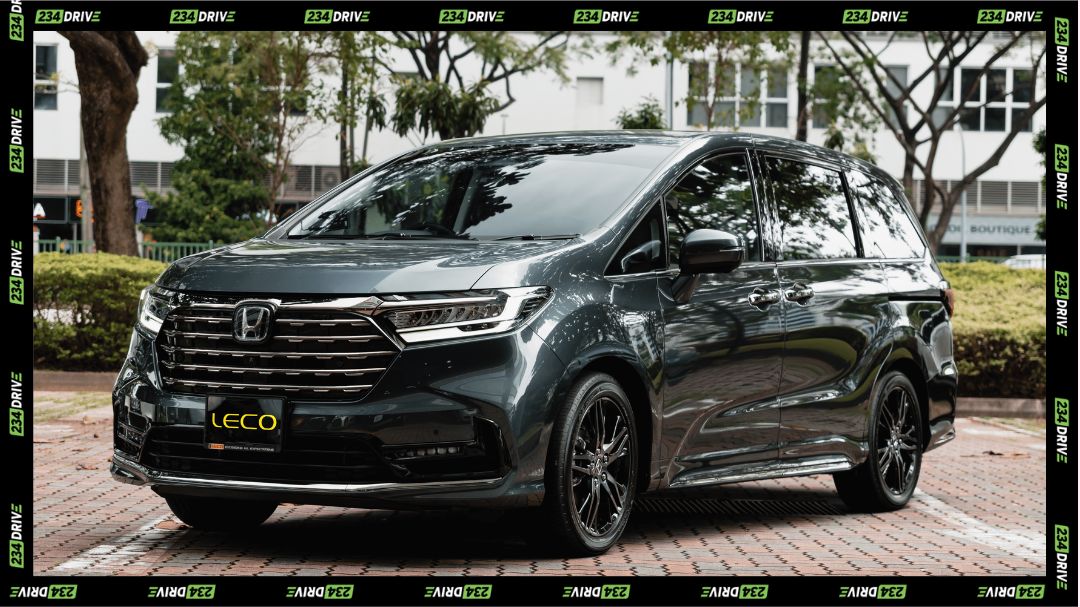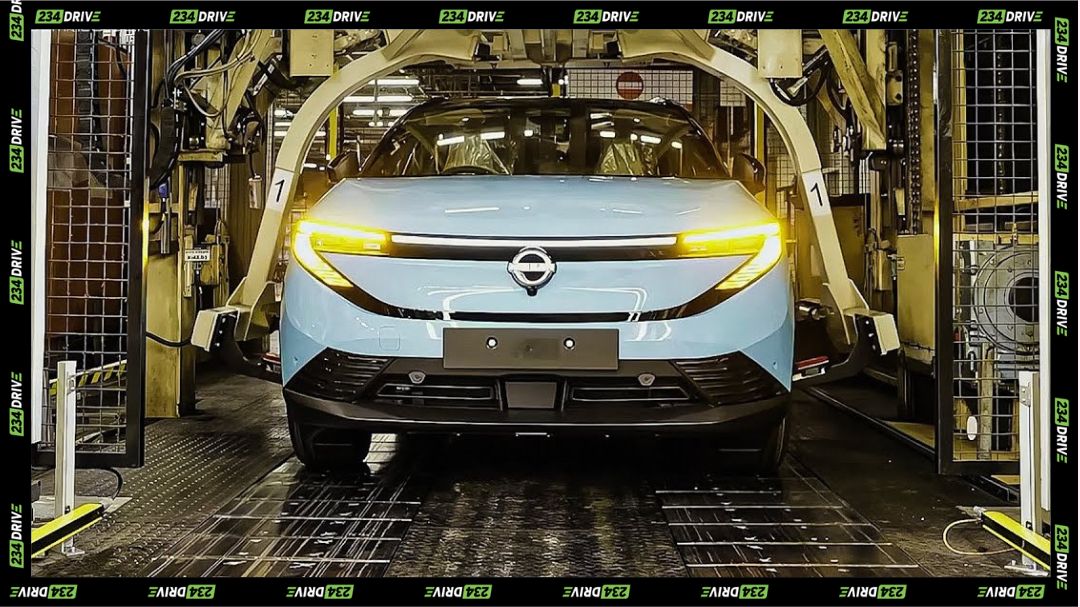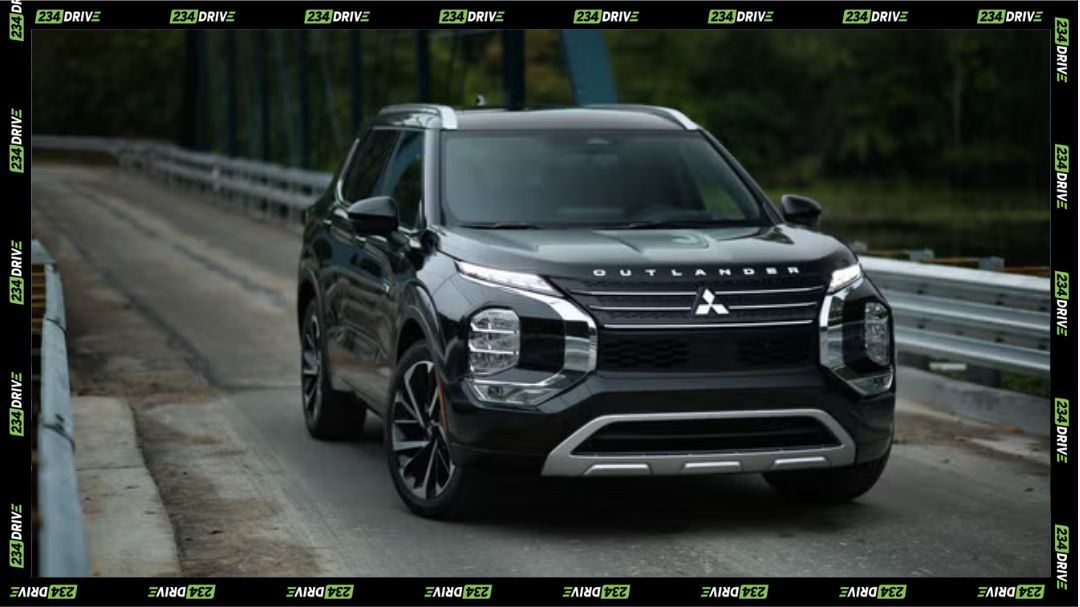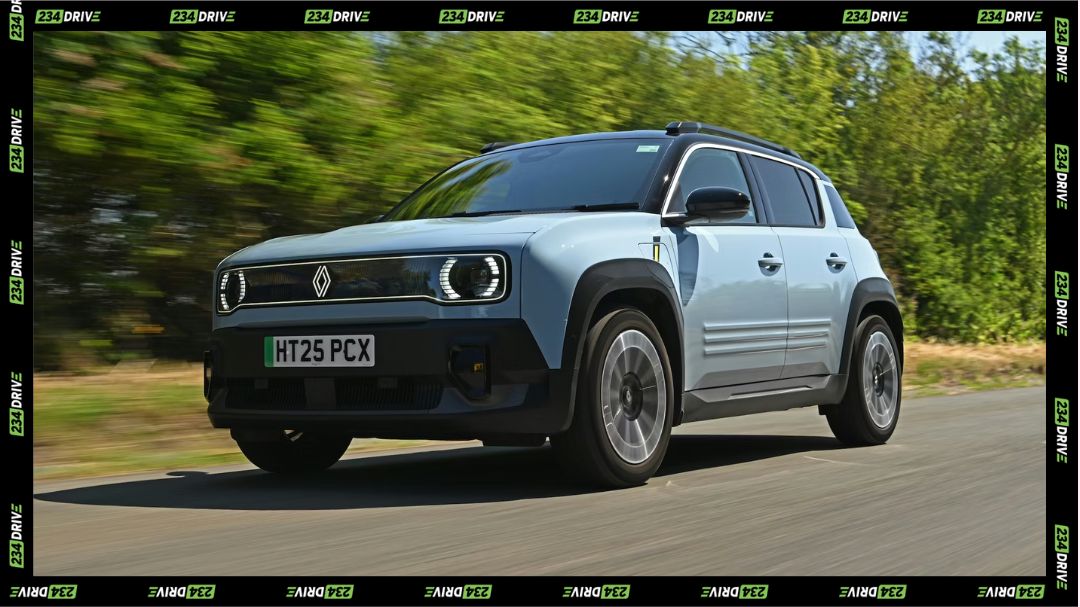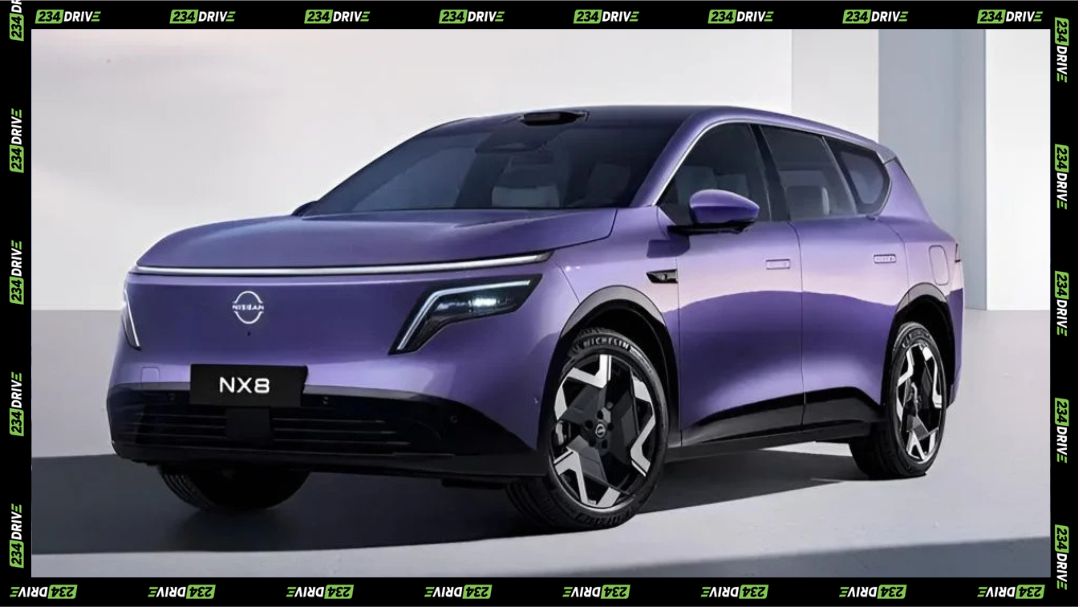Charging an electric vehicle (EV) is no longer a mystery or inconvenience. Whether you’re parking overnight at home, commuting to work, or road-tripping across states, there are now tailored solutions that make charging simple and accessible. As of 2025, countries like France have surpassed a million EVs on the road, while the US and UK continue to pour investments into charging infrastructure, creating faster and more reliable networks.
This growth means drivers have more flexibility than ever to power up their cars without stress. Home charging remains the backbone of convenience, while workplace setups and rapid highway stations provide support for longer journeys. What once felt like a barrier to EV ownership has now become an evolving system designed to keep pace with the growing demand for electric mobility.
Why EV Charging Feels Complicated (But Isn’t)
At first, the idea of charging might seem like juggling volts, cables, and charging stations. But the process is fairly simple once you understand the three main options: charging at home, charging at work, and charging at public stations. Once you break it down this way, it becomes clear that EV charging is not as complicated as it sounds.
In fact, each option caters to different lifestyles, whether you are a city commuter, a long-distance traveller, or someone who mostly relies on overnight charging. This flexibility is what makes the shift to EVs more approachable for everyday drivers.
Charging at Home
Most EV owners do about 80% of their charging at home, making it the most convenient and cost-effective method. Level 1 charging uses a standard 120V wall outlet and adds about 2 to 5 miles of range per hour, best for short daily commutes under 40 miles. Level 2 charging requires a 240V outlet and professional installation but adds 20 to 40 miles of range per hour. For Level 2, you’ll need a compatible home charger and possibly a smart charger to monitor energy use. Government incentives and rebates can lower installation costs, making home charging even more appealing.
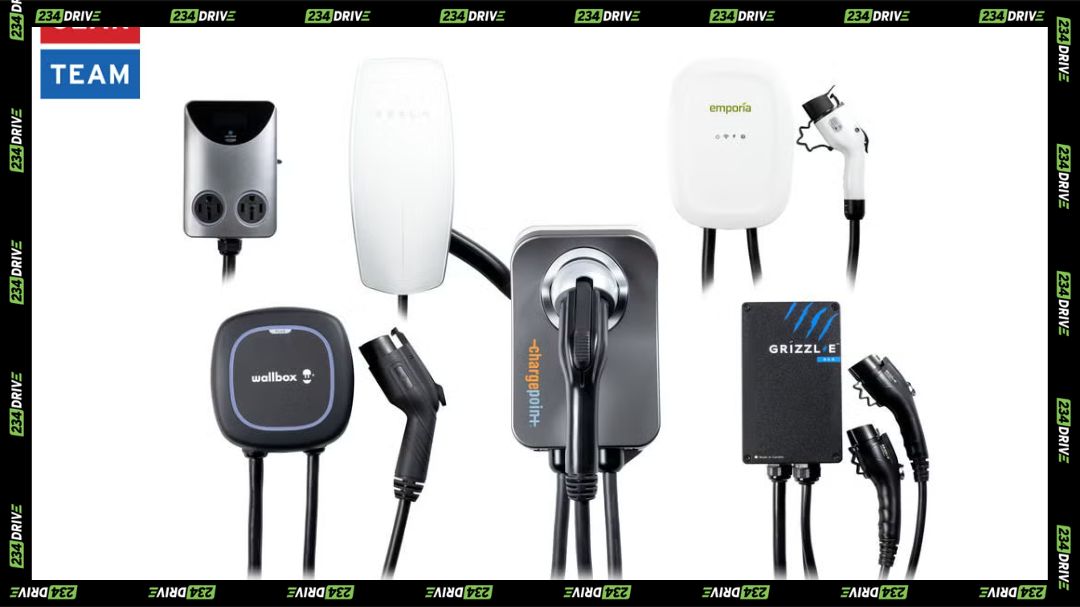
Charging at Work
Many employers are now installing Level 2 EV chargers in their parking lots. These units typically deliver 20 to 30 miles of range per hour. Some workplaces require employees to bring their own charging cables, while others provide tethered units. Access may be managed via apps or RFID cards, and in many cases, charging is free or subsidised by the employer. Checking with HR or Facilities can confirm if this option is available.
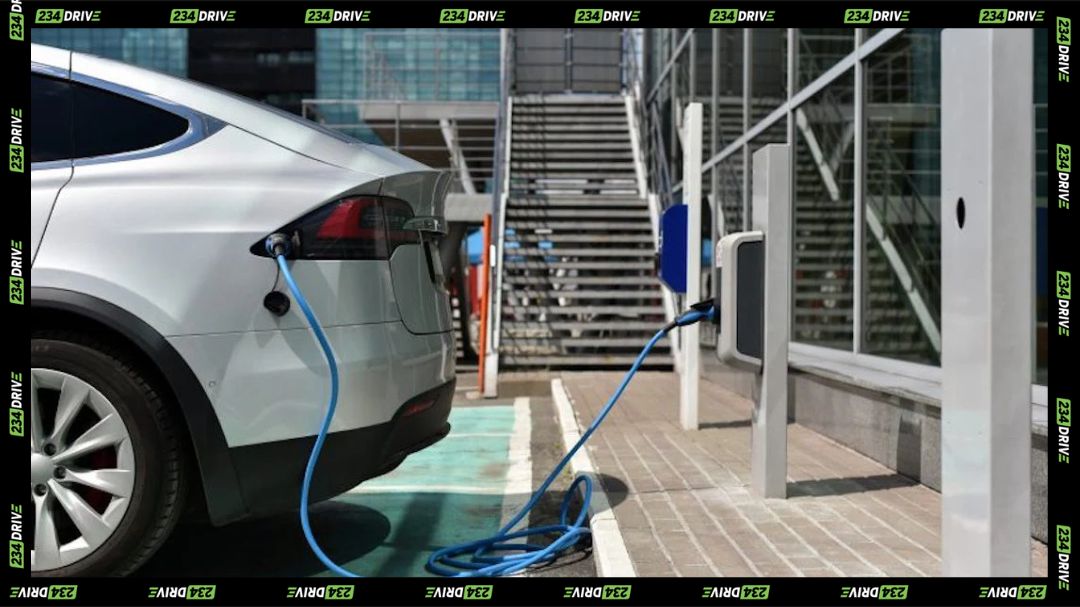
Charging in Public
Public charging covers everything from mall car parks to highway rapid chargers. Destination chargers, usually Level 2, provide a moderate boost while you shop or stay overnight. Rapid DC chargers, on the other hand, deliver between 50kW and 350kW, adding up to 250 miles of range in under an hour. The most common connectors include CCS Combo in Europe and North America, CHAdeMO for older models like the Nissan Leaf, and Tesla’s NACS, now widely adopted in the US. Costs vary, with home charging being cheapest, workplace charging often subsidised, and fast public charging the most expensive.
Charging Speeds Explained
Instead of a table, here’s a simple breakdown. Level 1 charging at 120V adds 2 to 5 miles per hour and works best for overnight or low-mileage drivers. Level 2 charging at 240V adds 20 to 40 miles per hour, ideal for daily use if you have off-street parking. DC fast charging adds 100 to over 250 miles in under an hour, making it the go-to choice for long-distance travel and emergencies.
How to Charge Your Electric Car
The process is straightforward. Plug the charging cable into your car’s port or use a tethered cable at fast stations. Start the session through an app, RFID card, or tap-to-pay. While charging, many stations display the charge rate and time remaining. When finished, stop the session and neatly coil the cable. Some networks impose fees for overstaying, so move your car promptly.
Cost and Charging Strategy
Charging at home is almost always the cheapest option, especially with off-peak tariffs. Public charging tends to be more expensive, and DC fast charging is the costliest but also the quickest. Smart charging strategies recommend not charging to 100% daily but rather keeping it around 80% to extend battery life.
Charging Etiquette
EV charging comes with its own etiquette. Don’t block chargers if you’re not actively charging. Move your car once the session is complete. Avoid unplugging others unless explicitly allowed, and report any broken stations via the app. Good etiquette keeps the system fair for everyone.
What’s New in 2025?
In 2025, EV charging is evolving quickly. Cities like New York are rolling out more public chargers for residents without private driveways. Solar-powered charging stations are becoming popular with eco-conscious homeowners. Tesla’s NACS connector is being adopted by more manufacturers, improving compatibility across models. Meanwhile, government incentives remain available for both EV purchases and home charger installations.
Wrapping It Up
Charging an EV today highlights just how far electric mobility has come. From overnight home setups to rapid highway chargers, there’s now an option that fits almost every lifestyle and budget. This shift shows that EV charging is no longer an obstacle but a practical advantage for drivers.
The key takeaway is flexibility and convenience. Whether you prefer the affordability of home charging, the convenience of workplace options, or the speed of highway DC fast chargers, the system adapts to your needs. As the network expands, drivers can expect more savings, better battery health, and fewer worries about range. EV charging infrastructure now represents strength in choice, accessibility, and cost control—qualities that make electric ownership sustainable and rewarding. What do you think—does this evolving system address your own concerns about switching to electric?



